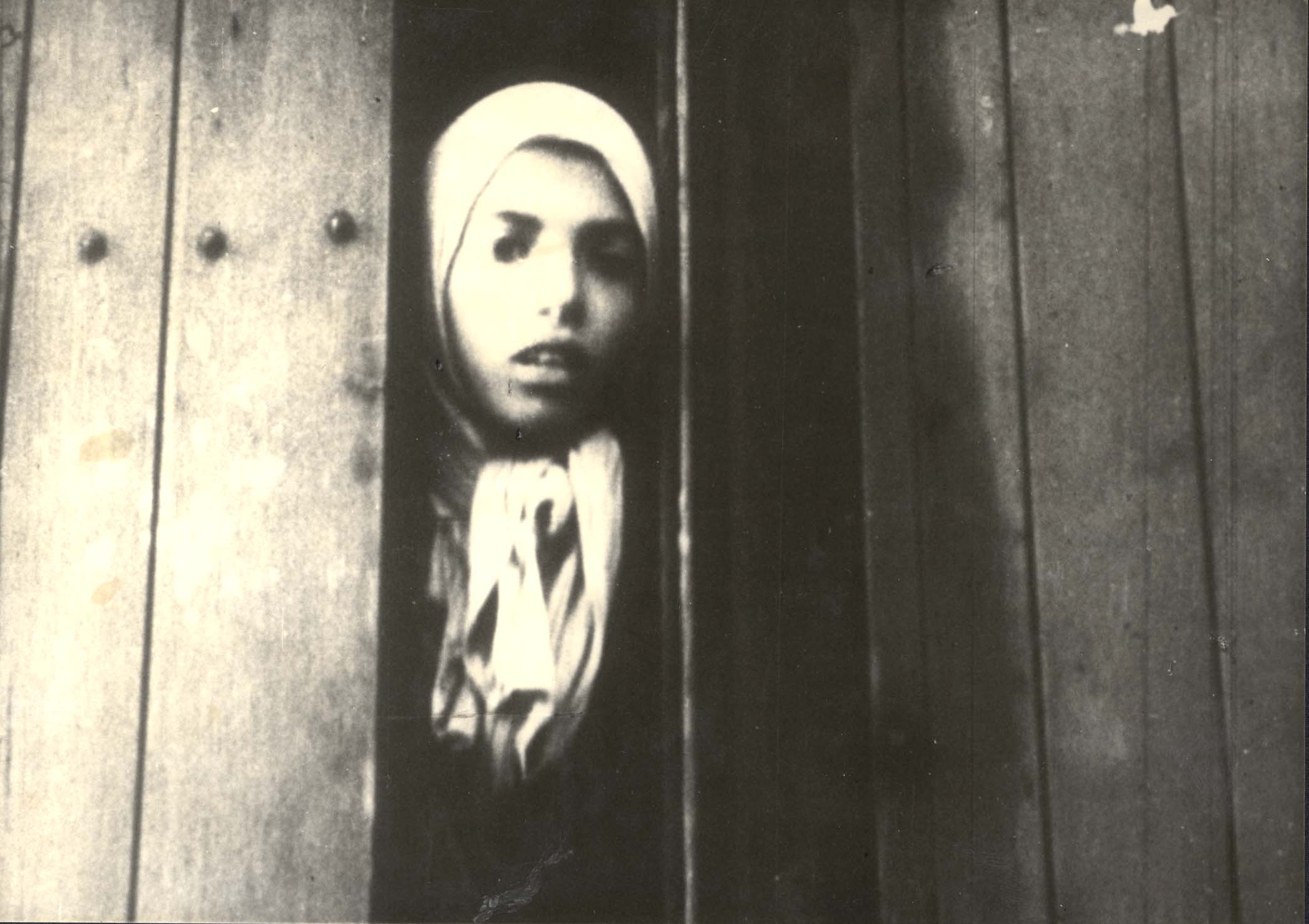
Westerbork, Holland, a Gypsy girl Settela Steinbach staring out of a deportation train, 15/05/1944
On this overcast, misty morning in the heart of Berlin, I could feel the eyes of Anna Maria “Settela” Steinbach staring at me from the sky. Settela was born in Limburg, the Netherlands, in 1934. Settela was deported from Westerbork to Auschwitz-Birkenau on May 19, 1944 together with other members of her family.
The iconic photograph of “Settela” has appeared in so many films documenting the deportation of Nazi victims to exterminations camps. In essence, her face has become a “child Madonna,” symbolizing the many train shipments of “human cargo” to be murdered in Nazi-controlled Poland during the 1940s.
Although for decades Settela’s identity was assumed to be that of a Jewish girl, in 1994 a Dutch journalist, Arie Huibrecht Dignus “Aad” Wagenaar, uncovered that Settela Steinbach came from a Sinti family.
The new memorial to the genocide of the Sinti and Roma, adjacent to the Brandenberg Gate and the Reichstag, designed by the Israeli artist Dani Karavan, places an emphasis on the unknown faces of the victims. The poem by the Italian poet, Santino Spinelli, encircles the pool of water, mirroring the endless sky. Just as in other memorial basins, visitors have thrown coins, leaving their wishes and hopes. The names of ghettos and camps where Sinti-Roma genocide victims were persecuted and killed are engraved in stones that form the circumference of this newly dedicated memorial.
Somber, but not overpowering music filtered by speakers placed on tree trunks creates an appropriate mood for those who enter. The trees in the Tiergarten Park greet the visitors as if to say, “We have been waiting for you.”
This memorial has been a long time in the making, and it provides a central place to commemorate the genocide of the Roma-Sinti under National Socialism. It is hoped that many school groups will visit this memorial, especially after studying about Nazi racist ideology and legislation, listening to the voices of the victims and learning about families who once lived in Europe, like the Steinbachs from the Netherlands.











